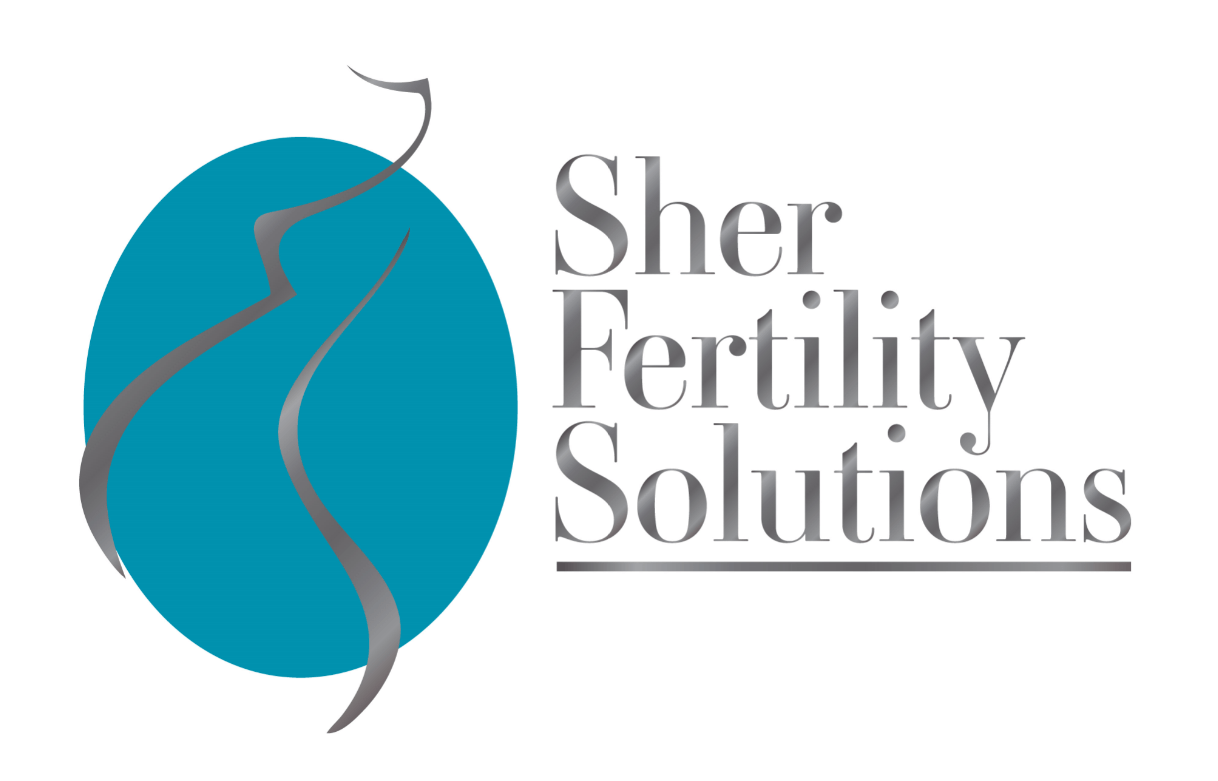The precise mechanism by which ovarian endometrioma causes infertility is unknown. In women with ovarian endometriomas, infertility is potentially associated with a decreased oocyte retrieval rate, reduced oocyte quality and reduced embryo quality. I personally believe that it is local irritation caused by the cystic space occupying lesion within the ovary that irritates surrounding connective tissue increasing ovarian testosterone production which in turn permeates ovarian follicles resulting in compromised follicle and egg development in the affected ovary (ies).Traditional surgical treatment of endometriomas involves gaining access to the ovary (ies) through an abdominal incision, or via laparoscopy, for drainage of the cyst contents and subsequent removal or ablation of the cyst wall. Unfortunately, in many cases, normal ovarian tissue is inadvertently removed along with the cyst wall, which may decrease the number of available oocytes for subsequent fertility treatment. A large percentage of such women have advanced stage disease and have had multiple previous surgeries. In the presence of pelvic adhesions, visualization of anatomic structures may be inadequate, leading to a higher incidence of cyst recurrence. This may further diminish the potential response to ovarian stimulation with gonadotropins. Additionally, women with advanced endometriosis are more likely to develop pelvic adhesions as well as an increased risk of surgical complications.About 15 years ago I introduced sclerotherapy to treat women who had endometriomas and were preparing for IVF treatment. Sclerotherapy is an effective non-surgical treatment for endometriosis of the ovary. Ovarian sclerotherapy involves ultrasound-guided aspiration of endometrioma content followed by the introduction into the cyst cavity of a sclerosing agent such as 5% tetracycline hydrochloride (my preference), 95% ethanol or methotrexate either under local anesthesia or with the patient receiving conscious sedation. The sclerosing agent destroys the endometrium lining the inside of the endometrioma and prevents cyst recurrence. Sclerotherapy is much less invasive than laparoscopic surgery and takes approximately 20–30 min to perform. Unlike other treatment options, it will not damage healthy surrounding ovarian tissue and is thus also less likely to reduce ovarian reserve. Risks of sclerotherapy treatment are uncommon but they include infection, pain (due to leaking of the sclerosing agent into the pelvic cavity, internal bleeding, and recurrence in about 10% of cases. To prevent this, I infuse about 250cc of sterile normal saline solution into the pelvic cavity before performing sclerotherapy so that any leakage of the sclerosing agent into the pelvis will be diluted. Thereupon at the conclusion of the procedure, I aspirate the solution from the pelvis and with it , most of the potentially irritating sclerosing agent. In more than 70% of cases, treatment will result in disappearance of the lesion within 6 to 8 weeks. In 20% of cases, residual seroma develops within 6 weeks. Simple transvaginal drainage of the residual cyst will in most cases lead to permanent dissolution.Ovarian sclerotherapy can be performed under local anesthesia or under general anesthesia. It has the advantage of being an ambulatory office-based procedure at a low cost, with a low incidence of significant post-procedural pain or complications, and the avoidance of the need for surgery.Sclerotherapy is a safe and effective alternative to surgery. It is a definitive treatment, even for recurrent ovarian endometriomas, in properly selected patients planning to undergo IVF. Since the procedure is associated with a small, but realistic possibility of adhesion formation, it should only be used in cases where IVF is the only fertility treatment appropriate for a patient. Women who intend to try and conceive through natural conception or intrauterine insemination will be better off undergoing standard laparotomy or laparoscopy to treat their endometriomas.
Blog
Fertility Topics Explained from the Experts at SFS
Sclerotherapy of Ovarian Endometriomas

